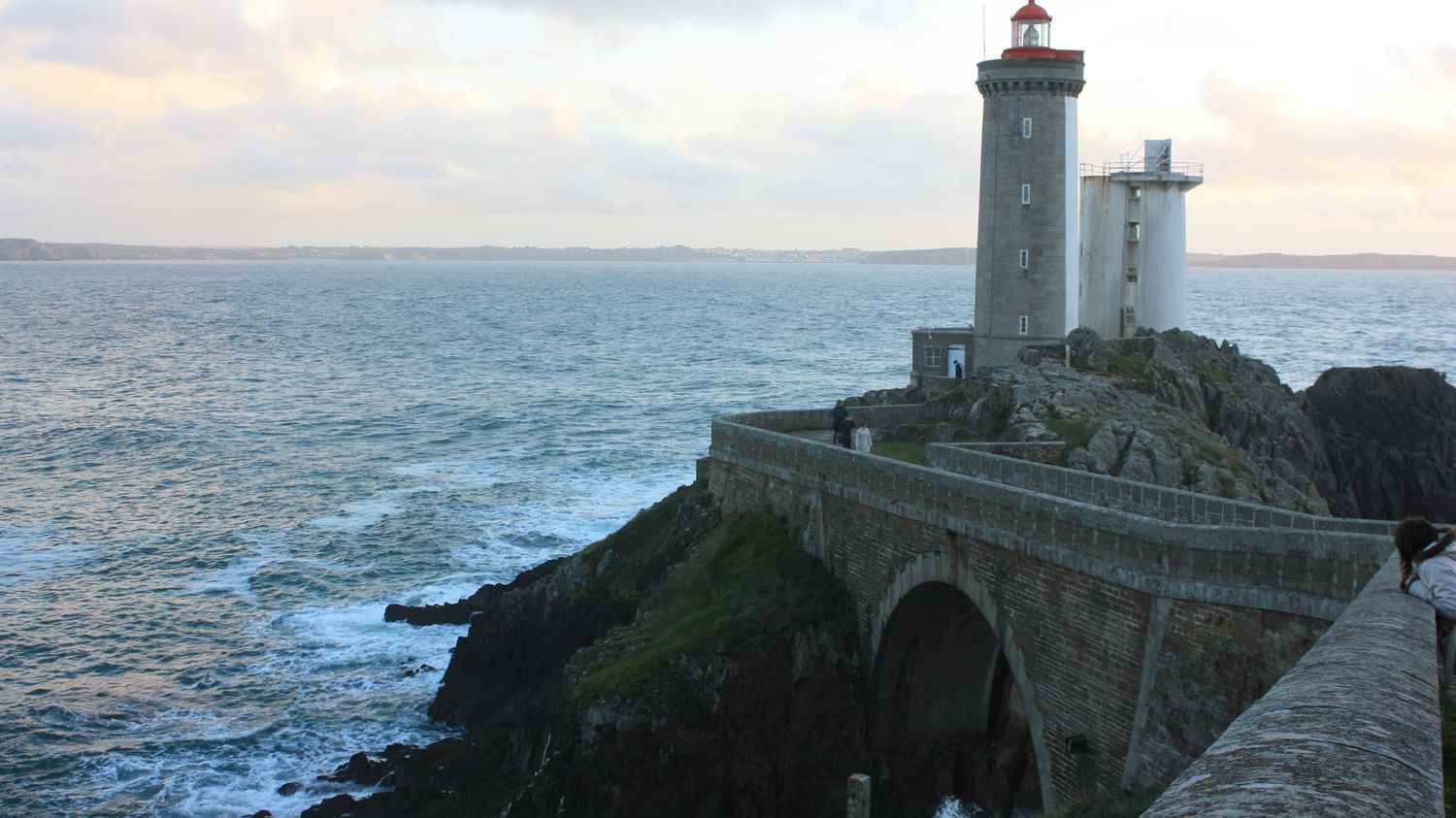This is called wave energy, which means generating electricity from the swell. A dike that produces this type of electricity was inaugurated on Thursday July 7 near Brest. Lhe concept is still at the prototype stage, but the novelty is that it has come out of its test basin. In recent months, engineers have tested it with artificial waves, tests which have proved positive. It is therefore now confronted with real waves in the harbor of Brest, in Plouzané, precisely.
When we talk about a dike, you have to imagine a piece of dike: for the moment, it is a box five meters high and eight meters deep. By assembling several caissons, we obtain a concrete dike capable of blocking the waves, while recovering their energy.
This dyke is equipped with metal flaps: the water rushes into the box, then comes out and therefore causes these flaps to oscillate. The mechanical energy is then transformed into electricity. Engineers recognize it: they are not going to revolutionize the French energy mix. But these breakwaters would have the advantage of producing enough electricity to make a marina autonomous or to supply electricity to port industries.For larger ports like Marseille or Le Havre, it would be an extra energy to supply, for example, ships at quay.
Other sites to come?
The performance of such a dike obviously depends on the sector where it is installed. But France has no shortage of high-potential sites, off the coast of Cherbourg or the Basque country in particular.
Many other systems are being studied to capture wave energy. From Portugal to Scotland via Norway, various devices have been tested in recent years, either in the open sea with buoys, platforms, floats or even at the quay. But many projects have been abandoned, others are still in the research and development phase.
Today in France, only one site produces electricity from marine energy on an industrial scale: it is the Rance tidal power plant, near Saint-Malo.
